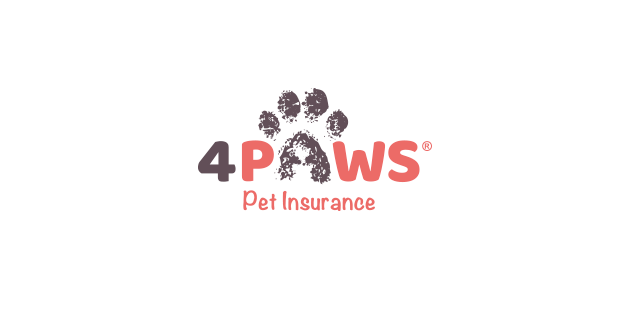11 Mar Why Easter chocolate isn’t for dogs
The dangers of eating chocolate for dogs
Easter is on its way. It’s a time for enjoying the great outdoors again with your dog as you go for long walks and take advantage of the milder weather. But there is one cloud on the horizon and that’s an influx of chocolate in the house, especially if you have children or grandchildren. Kids – and adults for that matter – love Easter eggs. Unfortunately, so do dogs. The problem is that chocolate is toxic to our four-legged friends, so we have to take extra care to keep them safe.
At 4Paws, we’re dog lovers ourselves, so wanted to help you keep your faithful friend safe from the dangers of chocolate. To do this, we’ll be looking at why it’s a problem, how to spot if your dog’s eaten chocolate and how best to prevent them from eating it in the first place.
Is chocolate really that much of a worry?
We’re afraid it is. Eating chocolate can make your dog very ill and, in severe cases, it can be fatal. How much chocolate it takes to poison your pet depends on a number of different factors. These include the size of your dog, how much chocolate they’ve eaten and what type it is.
Why is chocolate poisonous?
It contains a chemical called theobromine that’s similar to caffeine. Dogs can’t metabolise it like we can, so instead it builds up in their system and it can be poisonous to them in large enough amounts. The amount of theobromine in the chocolate depends on what type it is. For example, darker chocolate has more in it than milk chocolate, while cocoa powder is the most toxic form.
How to tell if your dog has eaten chocolate
The first clue you’ll probably notice is the remains of the packaging. Another more worrying way is by looking out for the symptoms of theobromine poisoning. These include your dog being excitable or having muscle twitching, tremors or fits. Others include vomiting, diarrhoea and having a high heart rate. Also, watch out for them drinking a lot, dribbling or not walking straight. Symptoms usually start after four hours after eating chocolate, but they can take as long as 24 hours to show themselves.
What to do if you think your dog’s eaten chocolate
First, don’t panic. Call your vet without delay and tell them what’s happened so they can decide if your dog needs attention. Don’t wait to see what happens. Also, keep hold of any packaging as this will give them useful information about the amount and type of chocolate that’s been eaten. If your dog is already unwell you may need to take them to the vet straight away. Try and call ahead (or get someone else to) so that they know the problem and can be prepared.
One thing you should not do is try to make your dog sick. This can sometimes make things worse.
Prevention is better than cure
Some dogs love the smell of chocolate and can’t wait to get their teeth into it. So, if they can get hold of it, they’re going to eat it. All of it! Which is why you need to take extra care when there is any in the house, especially with Easter eggs around as children won’t be as conscientious, leaving it in a place the dog can get to it. And if you decide to do an Easter egg treasure hunt, the dog will very likely find some first as they can smell it. So again, hide your chocolate where the dog can’t get to it. And remember to check that every piece has been found afterwards.
We hope you’ve found this guide of interest and that your dog never gets hold of any chocolate. The main thing to remember, is that if you’re ever worried about your dog, always seek professional advice as soon as possible.
The 4Paws Team




